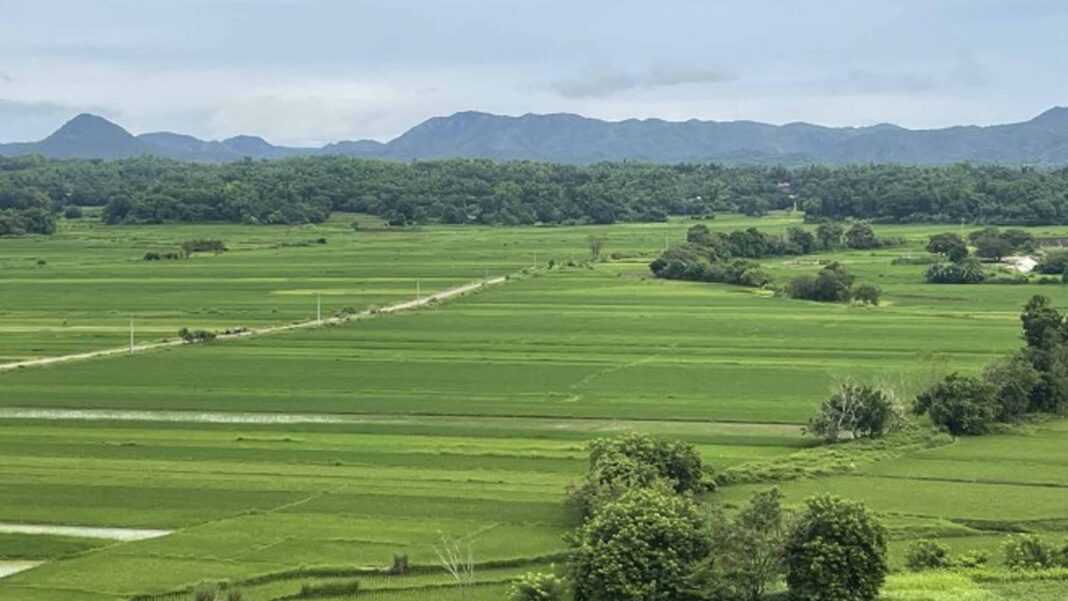An official of the Department of Agriculture (DA) in Ilocos Region is advising rice farmers here to adjust planting schedule this dry season to minimize the impact of El Niño phenomenon.
DA-Regional Field Office 1 planning officer Irene Tactac, in a Zoom forum on Tuesday, said over 1,200 hectares of the 113,698 hectares target rice production area in the region are now affected by drought, particularly in Pangasinan and Ilocos Norte.
“This results in lower production by almost 2,000 metric tons,” she said, underscoring the need to change the dry season planting calendar to minimize production loss.
To help minimize losses and sustain production efficiency, Tactac advised the farmers to start planting by Sept. 16 instead of around October to take advantage of the remaining water supply in impounding dams.
In 2023, the region’s rice production performance increased, with an average yield of 4.84 metric tons per hectare from 4.68 metric tons per hectare in 2022.
Ilocos Region remains one of the country’s top rice producers with 1,990,286.88 metric tons of production last year, according to DA data.
The DA continues to provide interventions to farmers to boost food security amid the erratic weather conditions.
“We have been providing subsidies in the form of seeds, fertilizers, appropriate technologies, and even farm mechanization and financial assistance under the Rice Competitiveness Enhancement Fund to reduce the cost of production input of farmers,” Tactac added.
In Ilocos Norte, several top-performing hybrid rice varieties are also being promoted to increase rice production yield.
These include the NSIC Rc456H from Longping Tropical Rice Development, Inc., with an average yield of 6.2 metric tons per hectare; NSIC Rc234H of Syngenta Philippines, with an average yield of 6.1 metric tons; and the PHB87 of Corteva Agriscience, with an average yield of 6.09 metric tons per hectare. (PNA)



